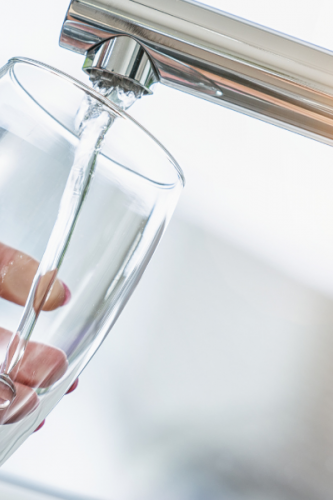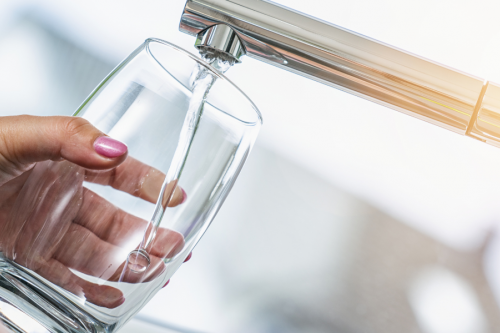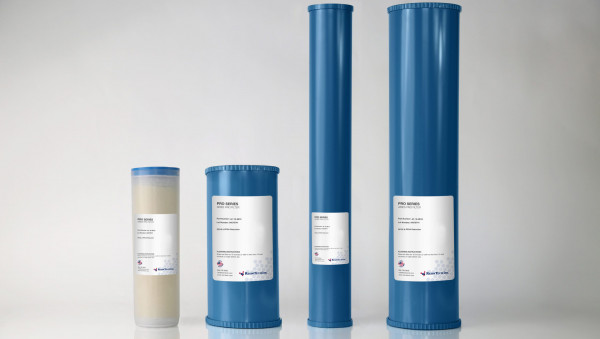

PFAS in Drinking Water
Per- and polyfluoroalkyl substances (PFAS) have become a significant environmental and public health concern in recent years. Known for their persistence in the environment and resistance to degradation, PFAS are often referred to as "forever chemicals." Vermont is grappling with the challenges posed by PFAS contamination in its drinking water.
What are the health concerns around exposure?
Exposure to PFAS has been linked to an increased risk of certain types of cancer, low birth weights, high cholesterol, and negative effects on the liver, thyroid and immune system.
How does PFAS get into water supplies?
Some of the known hotspots for PFAS contamination are industrial areas where items containing PFAS are made, landfills, airports, military bases and farmland where biosolids are recycled for fertilizer. However, since these chemicals do not break down in the environment, they travel very long distances from the source once they enter surface water or groundwater. If you would like to test your water, Clear Water Filtration can help you collect a sample and have it analyzed at a laboratory.
What WAS the Limit?
The previous enforceable level of PFAS was 20 ppt (parts per trillion) of combined PFAS (several different compounds).
What are the NEW Limits?
New regulation is enforced at lower levels and specific to the type of compound. EPA's final rule is expected to take effect in three years (2027) and requires public water systems to monitor and notify the public of the levels of these PFAS in water supplies. The rule also allows public water systems five years to reduce PFAS exposure if they exceed these MCLs and implement solutions by 2029.
How is it treated?
PFAS can be treated through GAC (Granular Activated Carbon), RO, and Anion Resin.
Other Resources?
The EPA PFAS Fact Sheet, linked HERE.
Water Quality Association Consumer Guide, linked HERE

PFAS Treatment
Now offering point-of-use cartridge filter options through our online store. Call Clear Water Filtration to install a Point-of-Use system at your drinking water faucet; (802) 496-5544